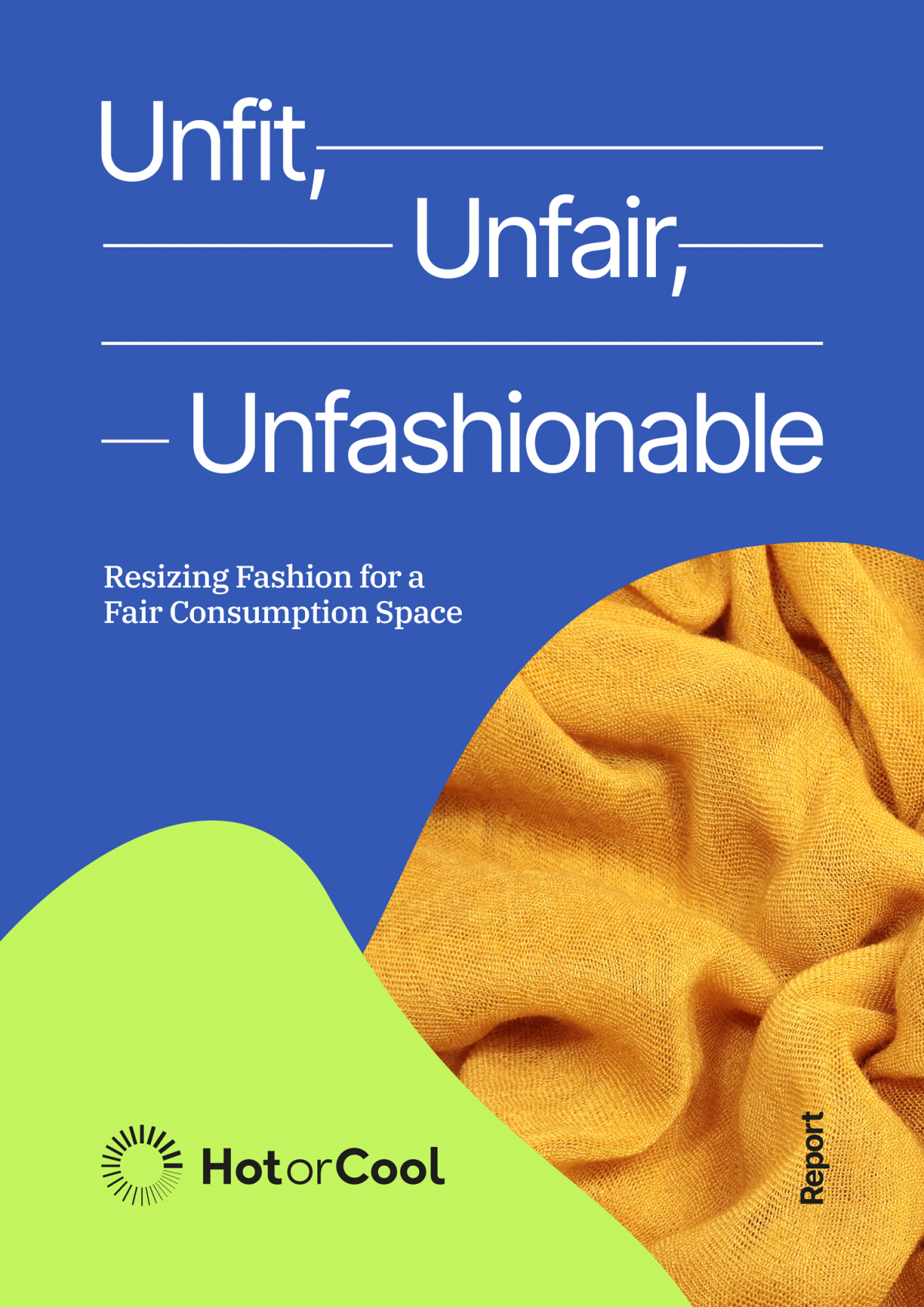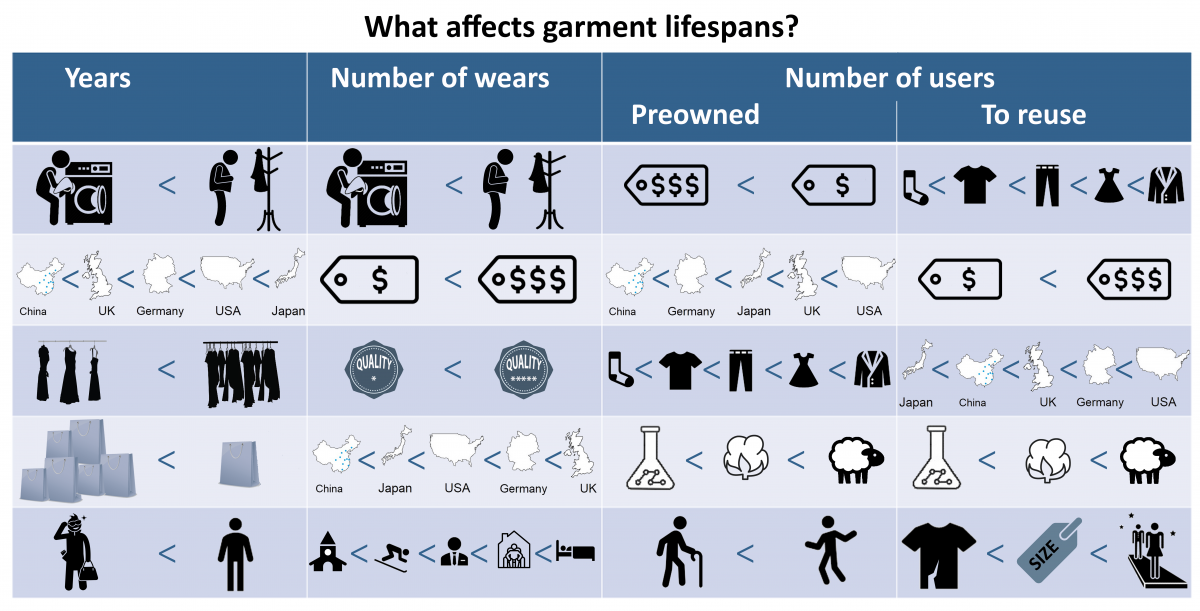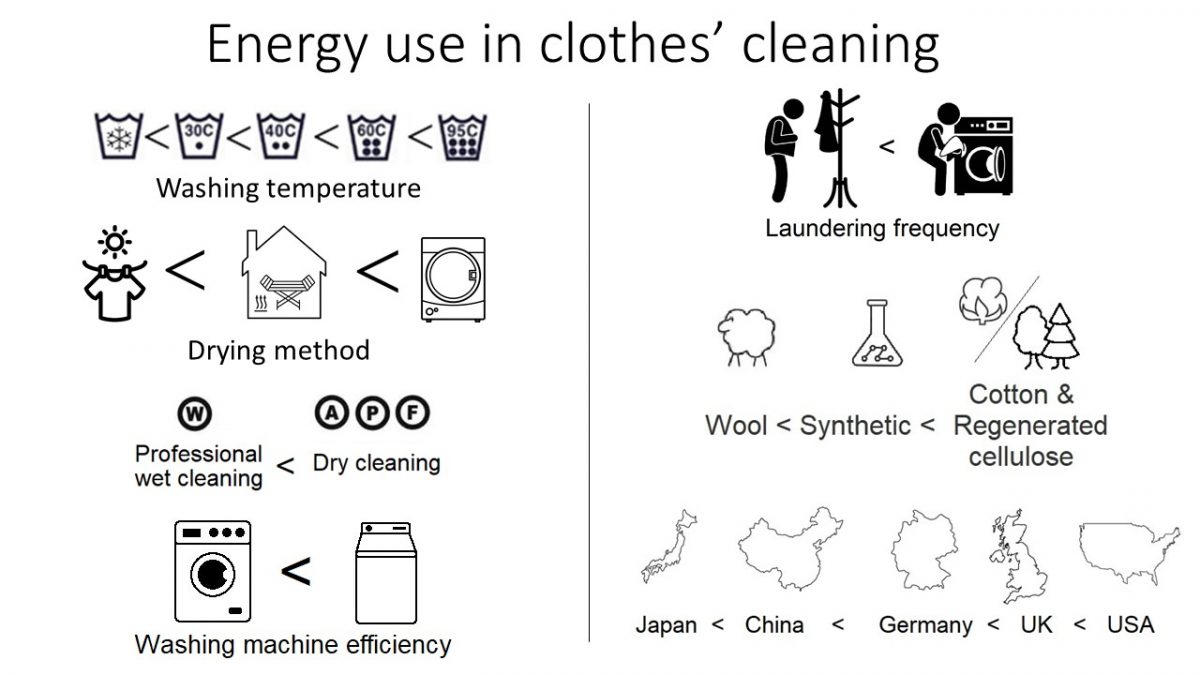Clothing Research contributes to new report on over-consumption
The Clothing Research Group, SIFO at OsloMet, has contributed to the recent Hot or Cool Institute report Unfit, Unfair, Unfashionable: Resizing Fashion for a Fair Consumption Space (download the report from Hot or Cool here). The contribution is in the form of a critique of EU’s textile strategy which was launched in March 2022.
The report Unfit, Unfair, Unfashionable: Resizing Fashion for a Fair Consumption Space goes far in mandating a “fair consumption space”, in an equity-based approach to reaching the climate target of 1,5-degrees. In sum, the authors have set a roof on how many items of clothing a person in the Global North can consume, at least on average, while allowing for an increase in consumption in the Global South. Why? Well, while the richest 20% in the UK emit 83% above the 1.5-target, 74% of people in Indonesia live below sufficiency consumption levels of fashion, which is one of many eye-opening statistics in the report.
The report is highly relevant for the ongoing work in the project CHANGE. In the same way as this research project lifts the sight from the Global North and our overconsumption, and addresses the discussion of what constitutes a sufficient wardrobe. In CHANGE we will continue this work, however with a point of departure in clothing culture and tradition. Clothing is not only “fashion” or environmental footprint bad guys, they are also an important part of our culture and history.
It is mainly in “Box 6” that the clothing research team at Clothing Research have contributed, with a critique of the EU textile strategy. This is not related directly to a roof on consumption, but critiques the lack of policy instruments to make “fast fashion go out of fashion” in the words of Frans Timmermans.
Opportunities for improving the EU Strategy for Sustainable Textiles, as discussed in “Box 6” has one of the following more important take-aways: “Missing from the Strategy is the only real alternative to the global mass-producing industry: small-scale, local production. Textiles are very complex products, socially, aesthetically, functionally and technically. If overproduction continues, longer lifespan for textiles or other measures to increase the utilization rate for individual garments, will not substantially contribute to reduced emissions nor to lower environmental impacts. The measures mentioned in the strategy are not aimed at solving the main issue of overproduction and overconsumption, and are thus not enough for achieving the goals of sustainable and circular textiles.”
The report could, however, have stressed more concrete policy measures that actually stop the influx into the Global North market – which risks – if consumers follow the report’s advice – an abundance of un-sold goods. These are also the goods that the EU plan to forbid incinerating and maybe exporting to the Global South as “gifts”. In the long run, however, the focus on less consumption can contribute to lower production and thereby also the environmental impact.
This is a key in the CHANGE project.



